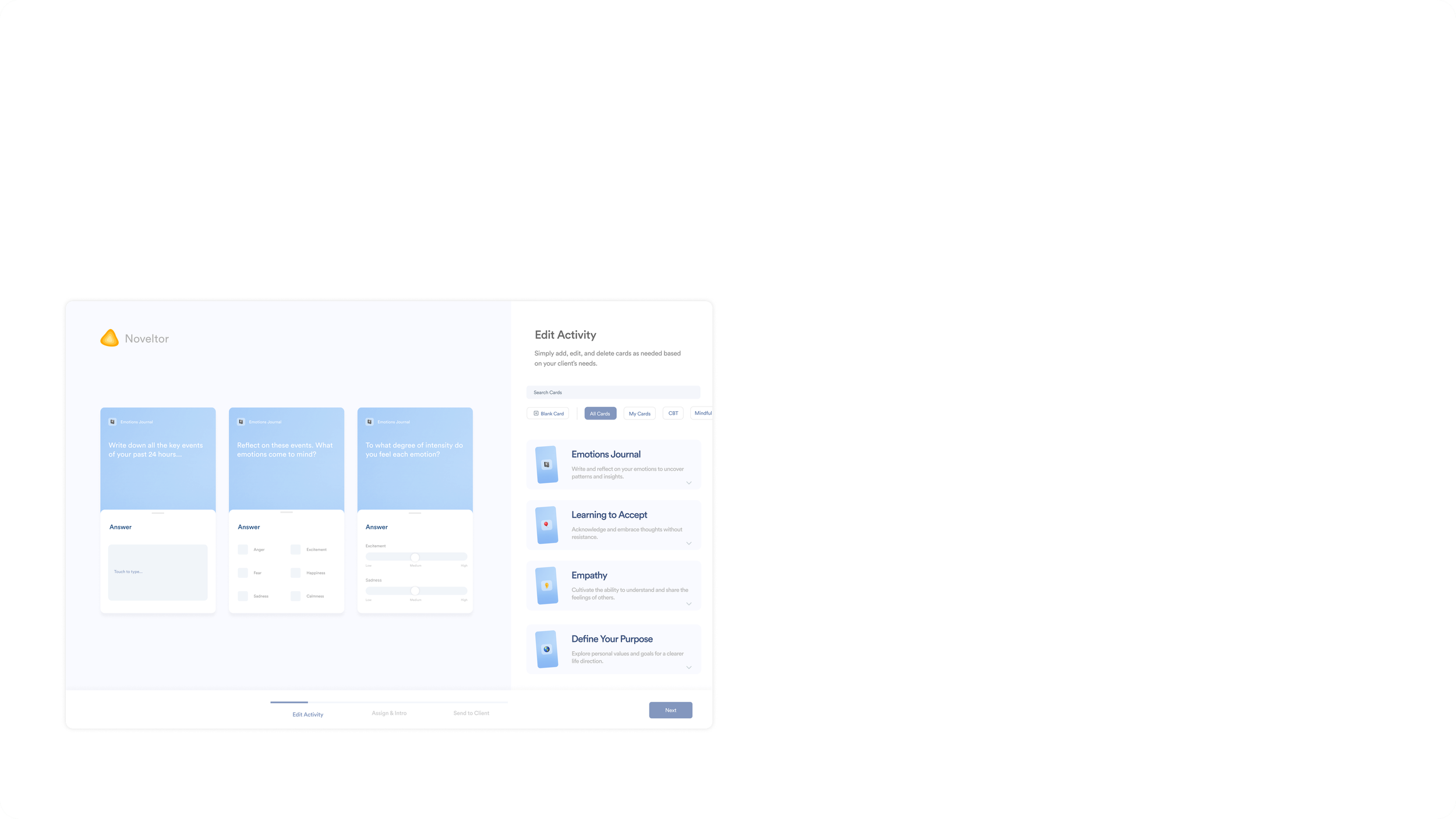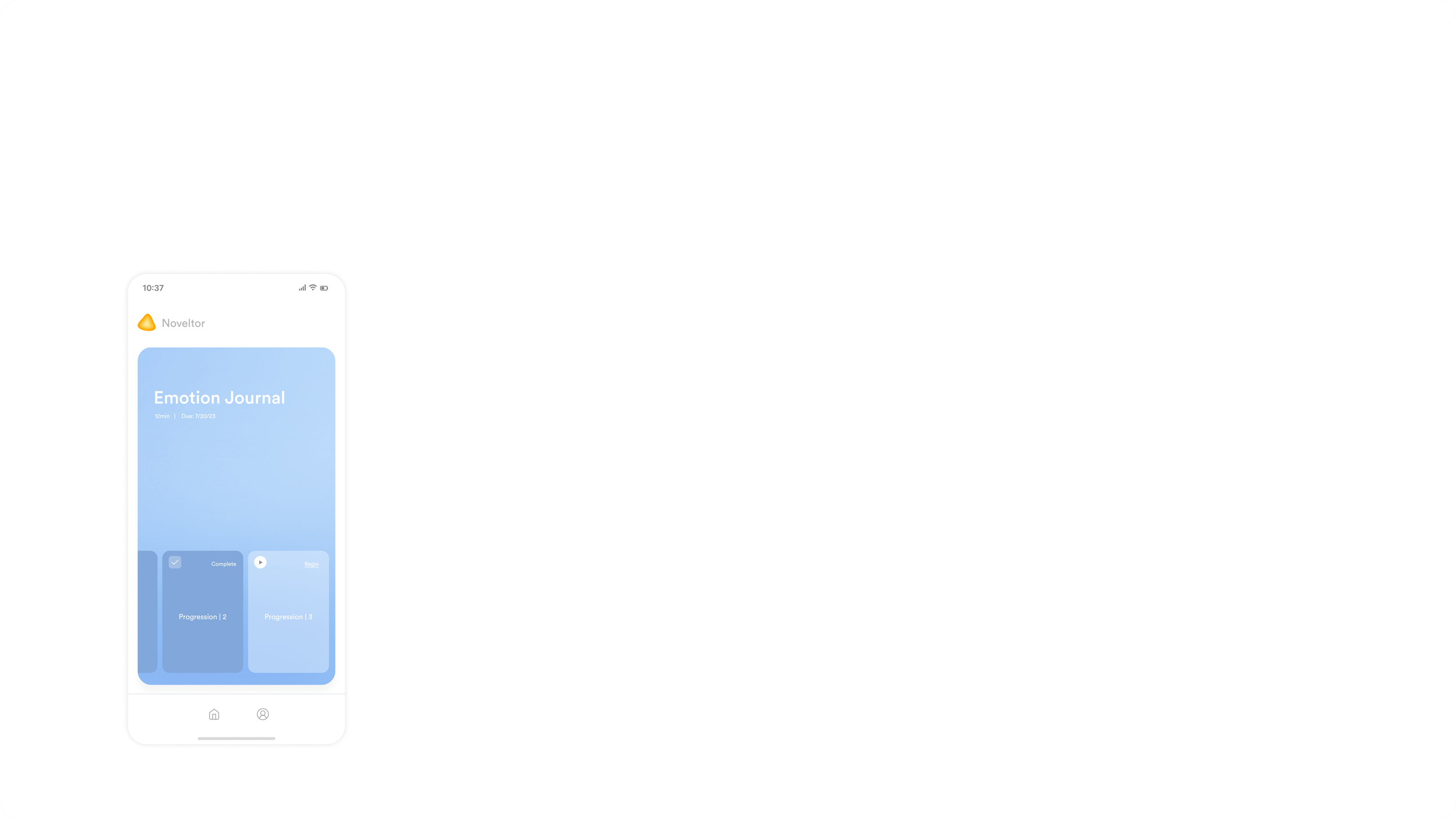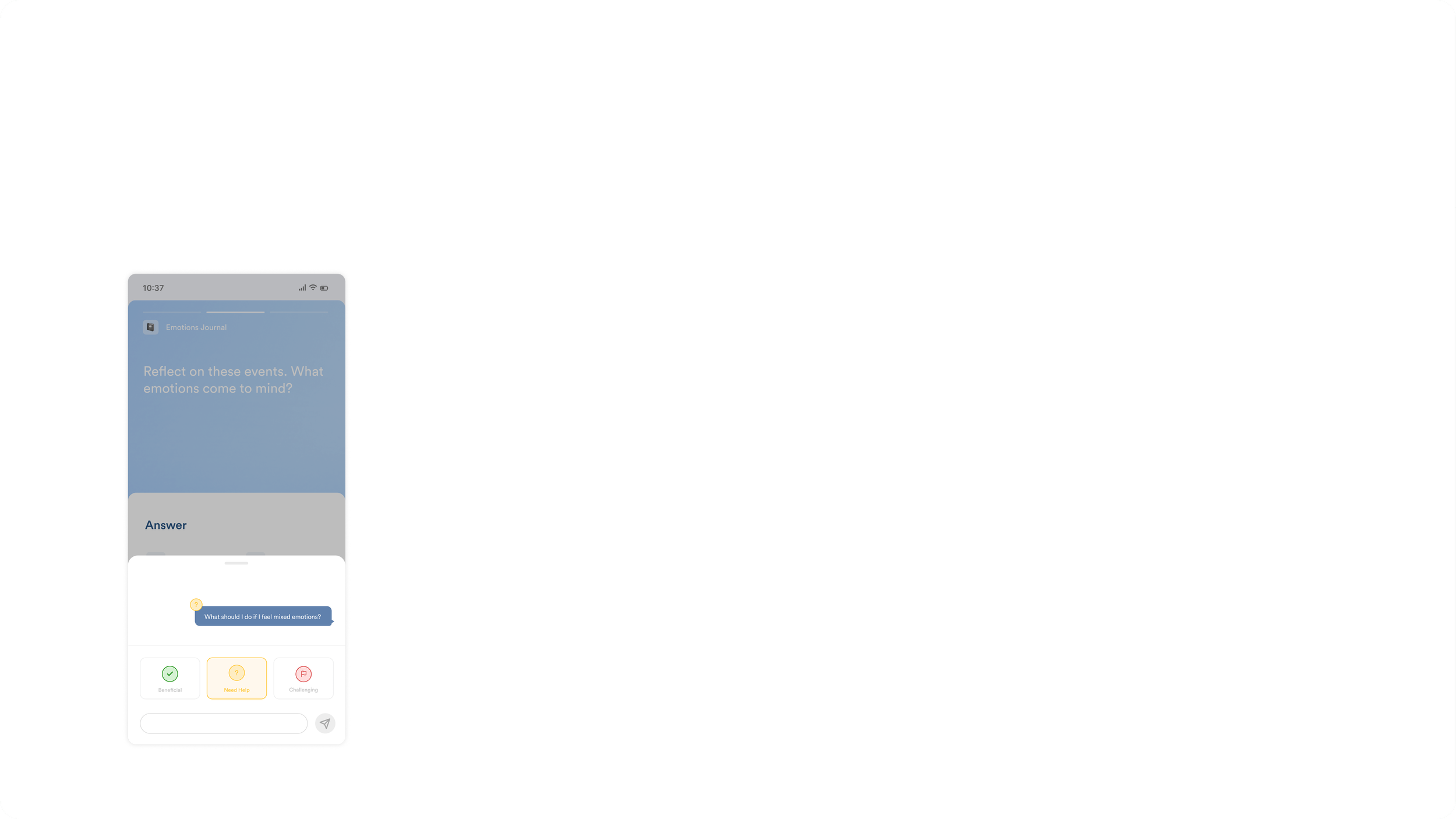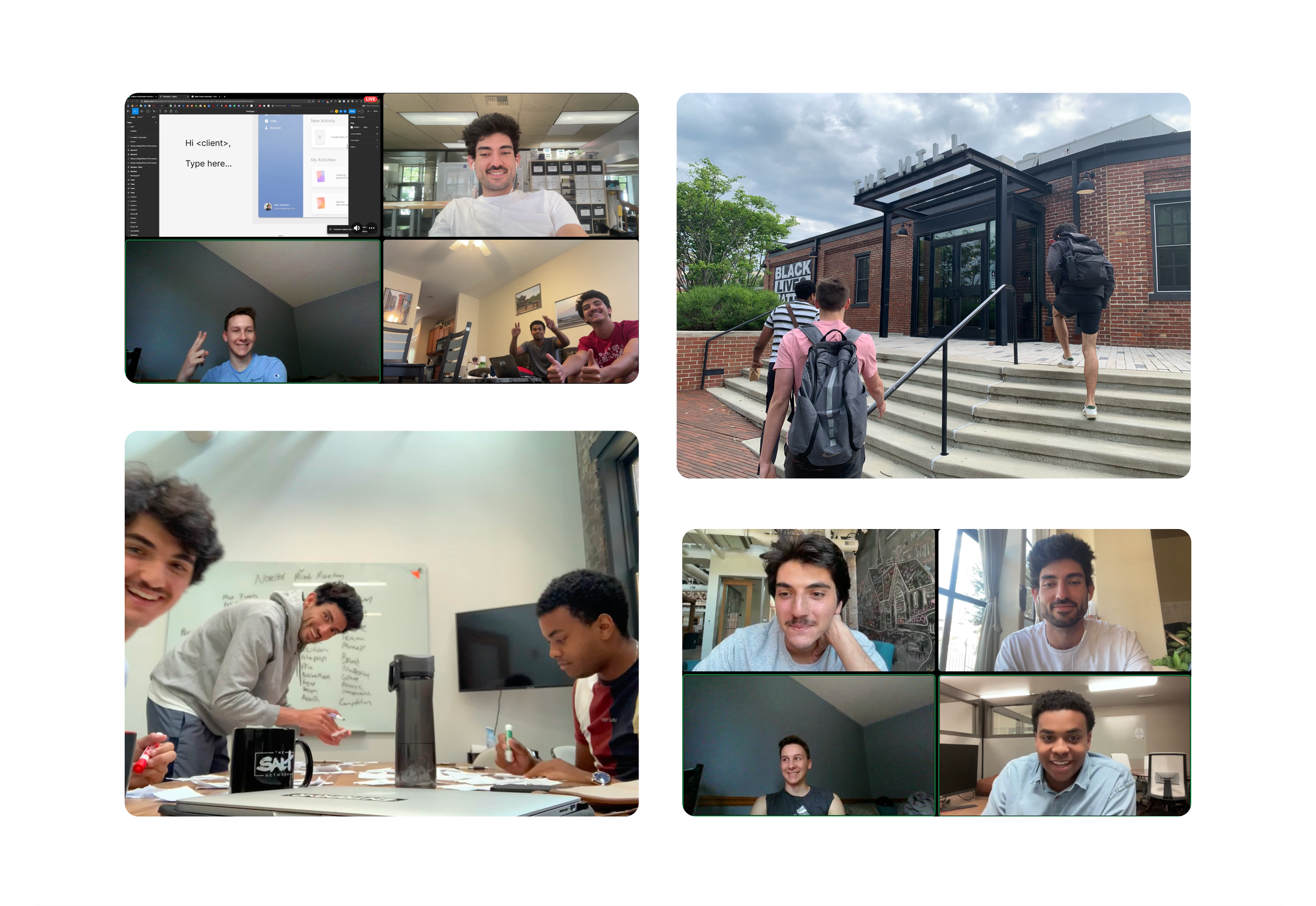
About: Us
I co-founded the company and am currently leading my team in preparation for our official product launch.
RoleCo-founder
TimeSep 2022 - Present
WorkProduct Management, UX
Team1 Researcher, 1 Designer
The ChallengeWith a deep commitment to their DEI efforts, the Seattle-based Northwest School sought ways to better support their middle and high school students. The original task was to help with this initiative through a graduate school project, however, the creative process led my team and I to co-found a company after discovering a key need at the Northwest School and schools altogether.
MY approachIn leading the creation of our company, I have prioritized making research-based product decisions, facilitating a team-first culture, and leveraging insights from mentors to best navigate our creative journey.
I. contextIt all started in Graduate School…
As part of a project within my Human-Computer Interaction master’s program, my teammates and I set out to collaborate with the Northwest School to help with their DEI initiatives for international students. I led our team’s pitch with school directors through a series of briefing meetings which resulted in a thorough understanding of their initiatives and collaboration buy-in.
PREVIOUS PRODUCTA Personal Values Journaling Tool
assesment takeawayLack of User Research Led to Confusion
II. User REsearchGathering diverse perspectives
Moving into the project, we hypothesized that international students may be vulnerable to bullying and stereotypes based on secondary research. To test our assumptions, I co-designed our research plan using contextual inquiries and semi-structured interviews to cover the entire international student support ecosystem. Furthermore, as I interviewed key stakeholders, I used a snowball sampling strategy to integrate new stakeholders into our research as connections emerged via interviews. Through this, we discovered that international students were grappling with a distinct set of challenges compared to our initial assumptions.
Mission StatementOur mission is to help individuals become their best self through positive personal transformation.
Market MapMission-Relevant Stakeholders
Analysis TakeawayCurrent Target User Validation
III. Problem DefinitionGetting the Problem Right
After analyzing the data from all interviewed stakeholders, three key challenges for international students emerged. Unbeknownst to the school administration, international students expressed the lack of social integration with domestic students as their biggest their challenge. Honoring their request for help, we decided to focus on this problem for our design challenge.
Generative ResearcHUser Needs Study Details
Key findingsWrong Problem, Right Direction
problem statementA Need for Variety, not Singularity
IV. Solution DefinitionGetting the Solution Right
Having defined the problem, we then articulated out intended outcomes as well as our design principles to move into generating the most appropriate solution. As a team, we generated 120 solution candidates. I led the development of our design principles and facilitated the down-selection process by developing a Pugh Matrix to guide our rationale. Despite our desire to build a high-tech solution, we trusted our analysis and opted for a low-tech, yet incredibly promising direction.
Solution CriteriaThe Four Keys to Success
Ideation120 Solution Candidates
Down-SelectionConsensus Solution Direction
V. Competitive AnalysisClarifying our Market Position
We conducted a competitive analysis of existing prompt card games to get a proper understanding of the market, the need for our product within the education space, and how to best develop our product’s game mechanics. Through this, we confirmed the need for our product’s unique value proposition within the school setting and leveraged insights from other games to scope our product’s gameplay experience.
Competition AnalysisValidated UVP Opportunity
UVP Inspiration AnalysisLearning from Other Markets
VI. Product DefinitionProgress, not Perfection
We carried the momentum from our competitive analysis to further develop our product’s concept and details. I developed our overarching product strategy focused on showcasing students unique individuality while also celebrating commonality through collaboration. This strategy then served as our north star while finalizing features and designing our user journey map.
PROTOTYPING STRATEGYRAPID Testing Method
lo-fi concept evaluationDesireability: Role Validation
coded usability testsMID-fi concept evaluationDesireability: UX & Role Insights
hi-fi concept evaluationDesireability: UX Validation
Feasibility: Engineering Validation
Mvp Pilot programViability: Pricing Strategy Validation
VII. usability studiesRapid, Iterative, Testing & Experimentation
We conducted six rounds of usability tests using the RITE prototyping method to iteratively make changes to the game’s role and user experience as collected feedback from participants. In addition to leading tests and post-game discussions, I also developed internal evaluation forms for our team to asses our key metrics during testing as well evaluation forms for study participants. Through each round of testing we received increasingly positive feedback from participants as polished game dynamics based on their insights.
VII. go-to Market StrategyReady, Set, Go…
The positive usability testing results led to an invitation to meet with school directors to discuss officially launching the product within the school. I led our team in preparing for the meeting by developing a go-to market strategy and served as team led during discussions. The meeting resulted in a partnership to have the school serve as our first launch site and collaborative marketing campaign to promote the product within their nationwide network of ally-schools.
final deliverableA Refined Product Scope
VII. OutcomeA Team Win
Within under a year of collaboration, the team and I were able to successfully pivot the product, win multiple start-up competitions, and generate ongoing conversations with venture capital firms.
The Business WinA Successful Pivot
The Best Win




























